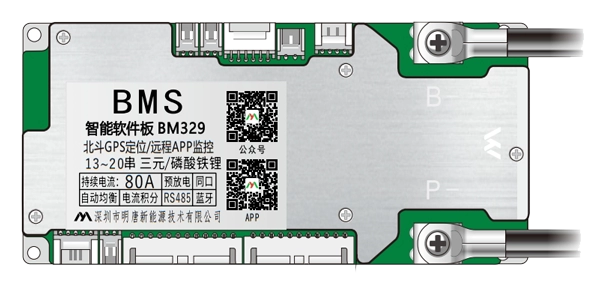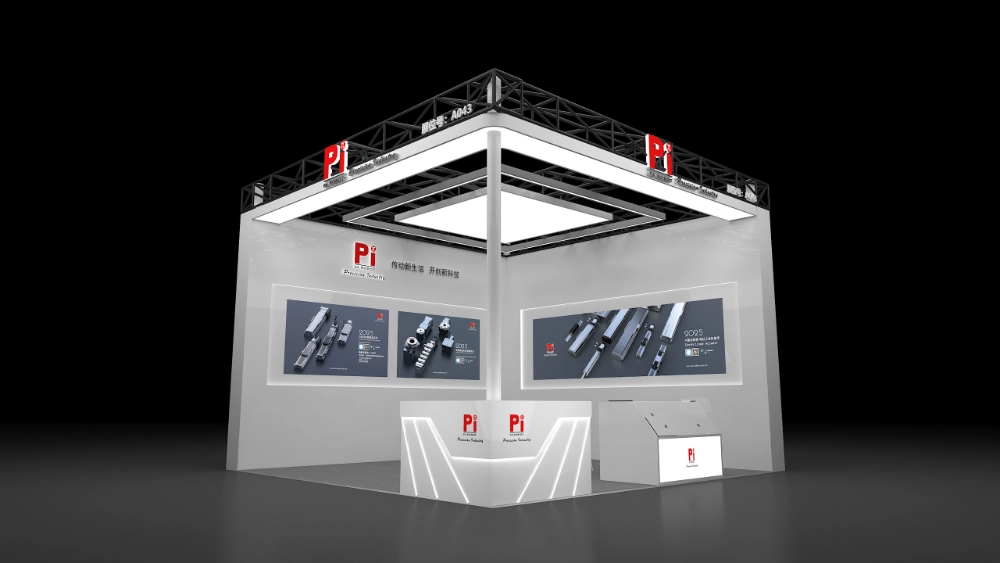In the realm of electrical engineering, switches play a crucial role in controlling the flow of current in various applications. Among the myriad of switches available, AC (Alternating Current) switches and DC (Direct Current) switches are two fundamental types that serve distinct purposes. Understanding the differences between these two types of switches is essential for engineers, electricians, and anyone involved in electrical installations or maintenance. This article delves into the technical distinctions, operational principles, and practical applications of AC and DC switches, providing a comprehensive guide for professionals in the field.
- Fundamental Principles of AC and DC
Before diving into the specifics of switches, it is important to grasp the fundamental differences between AC and DC.
- Alternating Current (AC): AC is characterized by the periodic reversal of current direction. The voltage in AC systems oscillates sinusoidally, typically at frequencies of 50 or 60 Hz, depending on the region. This type of current is commonly used in residential and commercial power systems due to its efficient transmission over long distances.
- Direct Current (DC): In contrast, DC flows in a single direction, maintaining a constant voltage level. This type of current is prevalent in battery-operated devices, electronic circuits, and applications requiring stable voltage levels.
- Construction and Design Differences
The design of AC and DC switches reflects their operational requirements:
- AC Switches: AC switches are engineered to handle the unique characteristics of alternating current. They often incorporate features such as arc suppression mechanisms to manage the high voltage and current levels associated with AC systems. These switches may include components like air gaps or magnetic blowouts to extinguish arcs that occur when the switch opens or closes.
- DC Switches: DC switches, on the other hand, are designed to handle the continuous flow of current without reversal. The construction of DC switches often includes materials that can withstand higher temperatures and are more robust to prevent arcing. Since DC circuits do not have zero-crossing points (where the current momentarily drops to zero), DC switches require more sophisticated arc-extinguishing technologies, such as resistive or capacitive methods.
- Performance Characteristics
The performance of AC and DC switches varies significantly due to their inherent electrical properties:
- Current Ratings: AC switches are typically rated for higher current capacities compared to DC switches of similar size. This is primarily because AC switches can take advantage of the natural zero-crossing of the current, which helps to extinguish arcs more effectively.
- Voltage Ratings: DC switches often have lower voltage ratings than AC switches. This is due to the continuous nature of DC, which can sustain an arc longer than AC. Consequently, DC switches must be rated for lower voltages to ensure safe operation.
- Applications and Use Cases
The choice between AC and DC switches is heavily influenced by their intended applications:
- AC Switch Applications: AC switches are widely used in household appliances, industrial machinery, and power distribution systems. They are essential for controlling lights, motors, and heating systems, where the alternating nature of the current is a fundamental aspect of operation.
- DC Switch Applications: DC switches find their primary use in renewable energy systems, such as solar panels and battery storage systems, as well as in electronic devices like computers and mobile phones. Their ability to handle stable voltage levels makes them ideal for applications requiring consistent power supply.
- Safety Considerations
Safety is paramount in electrical installations, and the choice of switch type can significantly impact safety measures:
- AC Switch Safety: While AC switches are generally safer due to their ability to extinguish arcs effectively, they still pose risks, especially in high-voltage applications. Proper insulation and protective measures are essential to prevent electrical hazards.
- DC Switch Safety: DC switches require more stringent safety measures due to the potential for sustained arcing. It is crucial to use switches specifically designed for DC applications to mitigate risks associated with arcing and overheating.
Conclusion
In summary, the differences between AC and DC switches are profound and multifaceted, encompassing their operational principles, design characteristics, performance metrics, applications, and safety considerations. Understanding these distinctions is vital for professionals in the electrical field to ensure the selection of appropriate switches for specific applications. As technology continues to evolve, the demand for both AC and DC systems will persist, making it imperative for engineers and electricians to stay informed about the latest advancements in switch technology. By choosing the right switch for the job, professionals can enhance the efficiency, safety, and reliability of electrical systems across various industries.





